The Skeleton at the Feast: The Day of the Dead in MexicoElizabeth Carmichael Chloë Sayer All over Mexico, early in November, families gather to welcome the souls of the dead on their annual visit home. The smells of burning copal incense and pungent cempasúchil (marigolds) mingle with the aromas of fresh bread, new clothing, sweets, and candles. One of Mexico's most important festivals since prehispanic times, the Day of the Dead is an occasion for celebrating and feasting, cleaning and decorating graves, dancing and making music.
In this unique work, the authors explore both the historic origins of this holiday and its colorful present-day celebrations in Mexico and the United States. Interviews with Mexican artists and crafters who provide goods for the festival—from personalized sugar skulls to gigantic papier-mâché skeletons—offer a fascinating glimpse into traditional and contemporary attitudes toward death and the dead.
Lavishly illustrated with color and black-and-white photographs, The Skeleton at the Feast will be required reading for all who are interested in Mexican culture, art, and folklore. Fairy Tales, Monsters, and the Genetic ImaginationMark W. Scala This catalog explores the psychological and social implications contained in the hybrid creatures and fantastic scenarios created by contemporary artists whose works will appear in the exhibition Fairy Tales, Monsters, and the Genetic Imagination, which opens at Nashville's Frist Center for the Visual Arts in February 2012. Curator Mark Scala's introductory essay focuses on anthropomorphism in the mythology, folklore, and art of many cultures as it contrasts with the dominant Western view of human exceptionalism. Scala also provides an art historical context, linking the visual fabulists of today to artists of the Romantic, Symbolist, and Surrealist periods who sought to transcend oppositions such as rationality and intuition, fear and desire, the physical and the spiritual.
Discussing how artists adapt traditional stories to give mythic form to the very real dilemmas of contemporary life, Jack Zipes's "Fairy-Tale Collisions" centers on Paula Rego, Kiki Smith, and Cindy Sherman. From a generation of women who have attained prominence since the 1980s, these artists alter fairy-tale imagery to subvert or rewrite social roles and codes.
In "Metamorphosis of the Monstrous," Marina Warner discusses works in the exhibition in the context of historical conceptions of monsters as expressions of alterity, bestiality, or sinfulness. Her reminder that contemporary monster images offer "a promise and a warning about the variety, heterogeneity, and possible combinations and recombinations in the order of things" sets the stage for Suzanne Anker's essay, punningly titled "The Extant Vamp (or the) Ire of It All: Fairy Tales and Genetic Engineering." Considering representations of hybrid bodies by Patricia Piccinini, Janaina Tschape, Saya Woolfalk, and others, which evoke imagined beings of the past as a way to envision the recombinant creatures that may lie in the future, Anker shows how artists explore the social, ethical, and future implications of biological design and enhanced evolution.
Accompanying an exhibition of contemporary art in which depictions of marvelous creatures and fantastic narratives provide both chills and delights, the essays in Fairy Tales, Monsters, and the Genetic Imagination explore the meaning of this fabulist revival through the lenses of social and art history, literature, feminism, animal studies, and science. Salvador Dali's Dream of Venus: The Surrealist Funhouse from the 1939 World's FairIngrid Schaffner Life Magazine wrote that one funhouse at the 1939 World's Fair stood out among the others:
"Dal's Dream of Venus, the creation of famed Surrealist painter Salvador Dal, is the most recent addition to the still-growing list of amusement-area girl shows and easily the most amazing. Weird building contains a dry tank and a wet tank. In the wet tank girls swim under water, milk a bandaged-up cow, tap typewriter keys which float like seaweed. Keyboard of piano is painted on the recumbent female figure made of rubber. In dry tank...a sleeping Venus reclines in 36-foot bed, covered with white and red satin, flowers, and leaves. Scattered about the bed are lobsters frying on beds of hot coals and bottles of champagne....All this is most amusing and interesting."
The building's modern, expressionistic exterior, with an entrance framed by a woman's legs, and shocking interior, including the bare-breasted "living liquid ladies" who occupied the tanks, caused quite a stir. The funhouse was so successful that it reopened for a second season, but once torn down it faded from memory and its outlandishness became the stuff of urban myth. Now, more than 60 years later, a collection of photographs of the Dream of Venus by Eric Schaal has been discovered. In stunning black-and-white and early Kodachrome, they show both the construction and the completion of the funhouse-from Dal painting a melting clock to showgirls parading for their audience. Salvador Dal's Dream of Venus reveals not only an eccentric work of architecture, but also a one-of-a-kind creation by one of the most fertile imaginations of the 20th century. Secret Victorians: Contemporary Artists and a 19th-Century VisionMelissa E. Feldman Ingrid Schaffner This lively and surprising book illuminates a "Victorian sensibility" that flourishes within contemporary British and American art. Stressing the Victorian period's intellectual curiosity rather than its prim morality, Secret Victorians features diverse works by twenty artists, including Helen Chadwick, Mat Collishaw, Douglas Gordon, Sally Mann, Steven Pippin, Lari Pittman, Hiroshi Sugimoto, and Kara Walker. Among the themes explored are ornament and sexuality, photography and death, collections and colonialism, and science and crime. The book challenges prevailing notions of modernity by suggesting continuities, rather than breaks, with nineteenth-century cultural precepts. | Man-Eater: The Life and Legend of an American CannibalHarold Schechter In the winter of 1873, a small band of prospectors lost their way in the frozen wilderness of the Colorado Rockies. Months later, when the snow finally melted, only one of them emerged. His name was Alfred G. Packer, though he would soon become infamous throughout the country under a different name: “the Man-Eater.”
After the butchered remains of his five traveling companions were discovered in a secluded valley by the Gunnison River, Packer vanished for nine years, becoming the West’s most wanted man. What followed was a saga of evasion and retribution as the trial of the century worked to extricate fact from myth and Polly Pry, a once-famed pioneering journalist, took on the cause of Packer. Man-Eater is the definitive story of a legendary crime—a gripping tale of unspeakable suffering, the desperate struggle for survival, and the fight to uncover the truth. The Whole Death Catalog: A Lively Guide to the Bitter EndHarold Schechter In the tradition of Mary Roach’s bestselling Stiff and Jessica Mitford’s classic exposé The American Way of Death comes this meticulously researched, refreshingly irreverent, and lavishly illustrated look at death from acclaimed author Harold Schechter. With his trademark fearlessness and bracing sense of humor, Schechter digs deep into a wealth of sources to unearth a treasure trove of surprising facts, amusing anecdotes, practical information, and timeless wisdom about that undiscovered country to which we will all one day travel. Topics include
• Death anxiety–is your fear of death normal or off the scale?
• You can’t take it with you . . . or can you? Wacky wills and bizarre bequests
• The hospice experience–going out in comfort and style
• Deathbed and funeral etiquette–how to help the dying and mourn the dead with dignity
• Death on demand–why the right-to-die movement may be the next big thing
• “Good-bye everybody”–famous last words
• The embalmer’s art–all dressed up and nowhere to go
• Behind the scenes at your local funeral home
• Alternative burial choices–from coral reefs to outer space
From the cold, hard facts of death to lessons in the art of dying well, from what happens in the body’s last living moments to what transpires in the ground or in the furnace, from near-death experiences to speculation on the afterlife, The Whole Death Catalog leaves no gravestone unturned. |
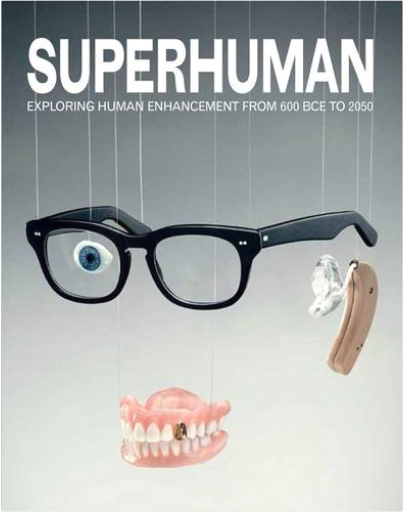

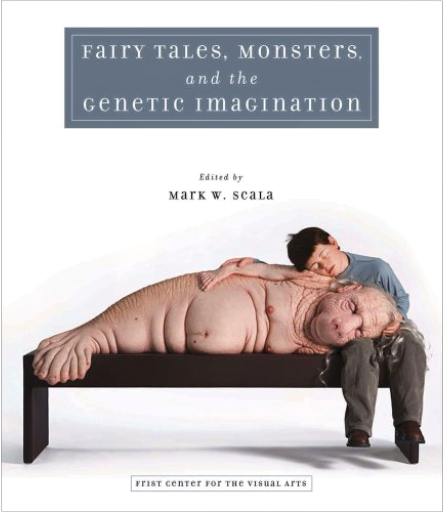
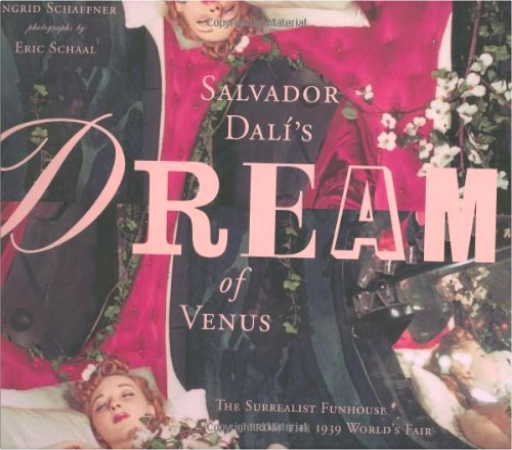
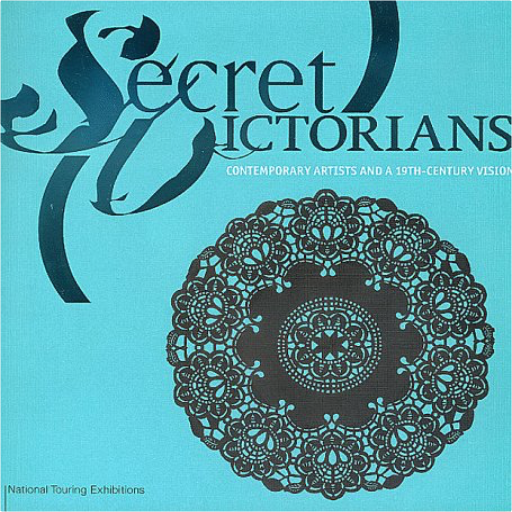

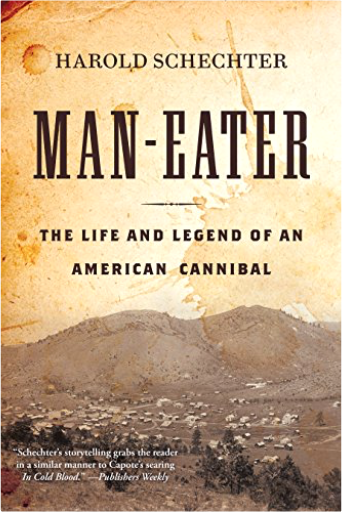






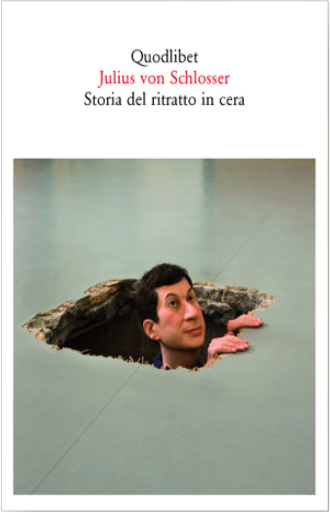
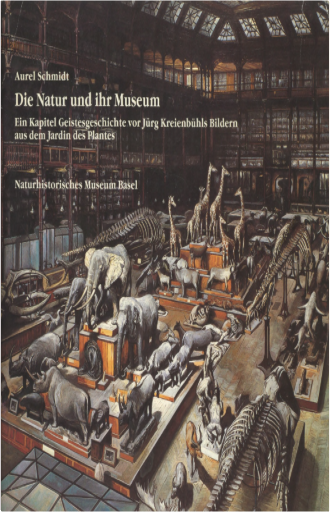
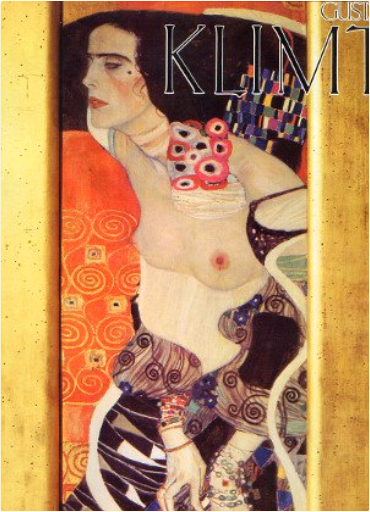
 Made with Delicious Library
Made with Delicious Library